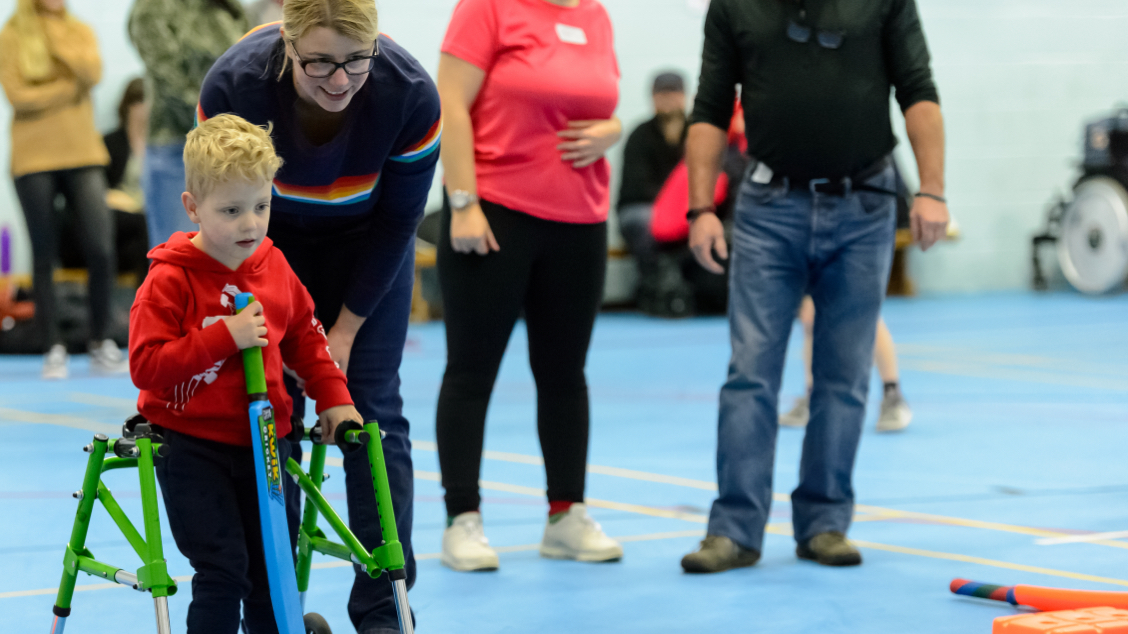Timeline
In advance of the process starting, this preparatory work may take place over the course of several weeks as you conduct the skills audit.
Inclusive recruitment
Diversity in recruitment is about ensuring that the process to fill any role is transparent and inclusive.
It is an intentional approach towards connecting with a broad range of candidates, with particular care around groups that are traditionally underrepresented in the workplace. The aim is to remove barriers to access, fair assessment, thoughtful onboarding, and a focus on candidate care through the whole process.
The Equality Act 2010 protects people from discrimination in the workplace and in wider society https://www.gov.uk/guidance/equality-act-2010-guidance
Disability Confident is creating a movement of change, encouraging employers to think differently about disability and take action to improve how they recruit, retain and develop disabled people https://www.gov.uk/government/collections/disability-confident-campaign

Recruitment in action
Completing a Skills Audit
It is important to consider how the role you’re recruiting for complements and intersects with other roles, and other people.
What skills and backgrounds already exist on the Board and in the organisation already?
The audit could include:
- Reflecting on institutional culture and practices
- A critical reflection on your Board’s diversity.
- A critical reflection of what diversity could bring to your board
- A review of what diversity means for your organisation given the area you work in and the region you cover
- Developing effective mentors to support new trustees through onboarding and induction
You should ask the Nominations Committee to define:
- What you are looking to achieve organisationally with this board appointment
- What skills, experience, or style do you need
- If you communicated clearly internally and externally about the importance of diversity as part the organisation’s strategy
- Whether your Diversity Inclusion and Action Plan up to date and accessible
In your DIAP, you should reflect on the following questions:
- What do you require? What are your non-negotiables and why?
- What do you mean by ‘diversity’?
- Is what you are looking for achievable? If it’s about increasing representation of a particular community or group, is this realistic? Is this based on local demographics? A post in London should aim to reach the levels of diversity of London but aiming for the same in rural areas may be unrealistic.
- How will you assess your candidates? Are you considering the benefits of diverse experiences rather than traditional career trajectories? It’s important to look at not just the nine protected characteristics, but also factors such as lived experience, geographic, socio-economic background, educational levels, and neurodiversity.
- Who do you need to involve, and how will you do that?
- Have you planned for onboarding, training and induction? Do you have the resources and capacity to provide more tailored support for candidates who need it?
Diversity in athletics is something very close to my heart and this position has given me an opportunity to really drive the change I want to see. In any organisation, you can only improve diversity by ensuring that people see people who look like them at the top.
Measuring success
A clear understanding of what skills your board requires is the first crucial step in going out to find the right person. This skills set should be developed in line with the gaps on the board, the organisation’s strategic objectives and it’s Diversity and Inclusion Action Plan.
A robust board will have a range of skills represented covering different operational and thematic areas of expertise. Having a clear view not just of existing gaps but also anticipating emerging and future needs will help the board with both recruitment and succession planning.
A skills audit that plans for bringing on new skills such as safeguarding, HR or lived experience should also consider the terms of existing trustees and when people are due to step down so there is no gap, particularly around key areas.
Expert help
A search partner will work in partnership with you and will strive to gain a deeper understanding of your organisation, your culture, and the gaps you are looking to fill. This can involve discussions with key internal and external stakeholders to develop a holistic picture of what the organisational needs are. This is particularly helpful when you’re thinking about the board as a whole and considering complementarity of skills.
